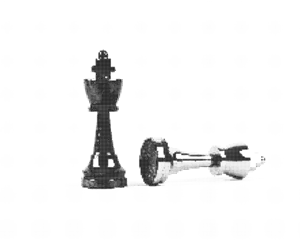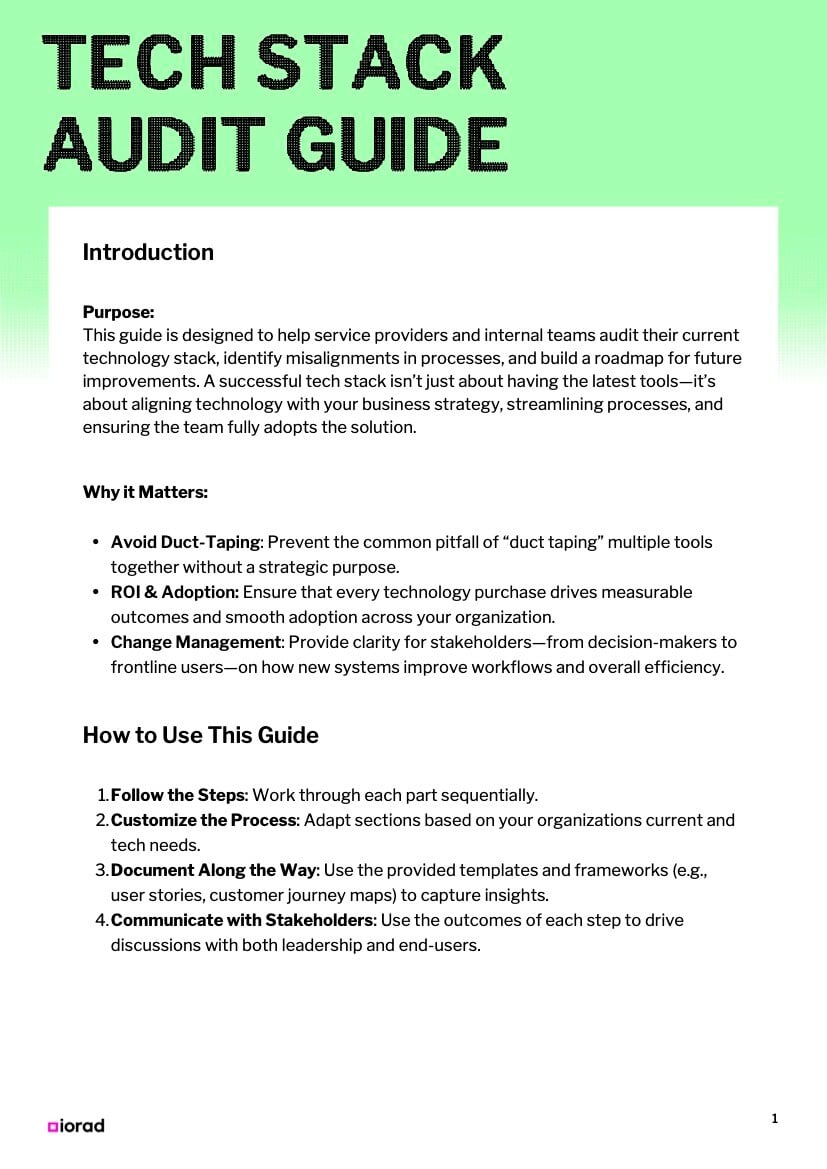
Welcome to another episode of Adoption Curve! This week, we're uncovering some hidden truths about software adoption.
Meet our Guest
Pasha is an expert in B2B marketing and technology adoption. He is currently the Co-Founder of Shape and Scale, a HubSpot Gold Partner agency specializing in RevOps and go-to-market operations.
With nearly two decades of experience spanning website development, mobile apps, and B2B marketing, Pasha brings a unique perspective on why organizations struggle with technology adoption and how to bridge the gap between purchasing tools and realizing their value.
In This Episode
🧠 Start with Process, Not Technology: Why organizations must map their user needs before selecting tools.
💡The Three-Pillar Strategy: A practical framework for evaluating and implementing new technology.
🛠️ Change Management is Everything: How to bridge the disconnect between leadership and frontline users.
Why Most Tech Stack Investments Fail (And How to Fix It)
Background context: After nearly 18 years in the industry, including roles as VP of Digital and now as co-founder of his own HubSpot Gold Partner agency, Pasha has seen both sides of the technology adoption challenge. Starting as a website and mobile app technical project manager, Pasha eventually found his sweet spot in B2B marketing, sales, and revenue operations.
What makes Pasha's perspective particularly valuable is his evolution as a technology advocate. "I was that guy early on where I was always recommending a new tool for the new problem," he admits. Now, with Shape and Scale, he helps organizations operationalize their go-to-market strategies and maximize their HubSpot investment—frequently untangling tech stacks that have grown unwieldy and ineffective.
🎤 "For the first month, we're not working in any type of system. Everything's getting mapped out on paper before we're able to put that into whatever technology we're using. As it relates to how we might onboard a client or work with a client that has a list of requirements, one exercise that we find works really well is just doing user stories."- Pasha Irshad
Key Insight #1: Start With Process, Not Technology
The most common pitfall Pasha sees is organizations jumping straight to technology solutions without first understanding their processes. When evaluating a client's tech stack, Pasha always begins with a two-pronged audit: examining the technology itself and the processes around it. This means interviewing stakeholders, identifying pain points, and mapping the actual user journey before considering any tech solutions.
Pasha emphasizes creating user stories to identify genuine needs. For each objective, he encourages clients to think from the user's perspective: "In using this tool, I'm trying to achieve X, and this is why." This approach helps crystallize what's truly essential versus what's merely nice to have—a distinction often lost when chasing the latest trending tool.
🎤 "Generally people just skip right through that. And there's a lot of reasons, right? Like you might have a founder that's pushing for X, Y, and Z. And you think the quickest way to get to that is technology without slowing down to maybe push back. Or you just are coming into an organization that already has a lot of technical debt."
- Pasha Irshad

Key Insight #2: The Three-Pillar Strategy for Technology Adoption
Pasha has developed a three-pillar approach to technology evaluation and implementation that helps organizations make smarter decisions:
1. Identify the triggers for purchase. These might include growth inflection points (like moving from spreadsheets to a CRM), signs that your team has outgrown current solutions, or expansion needs (like going global and needing new routing tools).
2. Assess the ROI rigorously. 🎤"Organizations look at their technology as just this thing, but in theory, with how much people spend on tech, you should see it as a revenue-generating asset" - Pasha Irshad. This means creating a business case with measurable outcomes, evaluating specific use cases, and considering both time-to-value and total cost of ownership.
3. Develop a Plan to Operationalize the Technology. This includes documentation, creating a knowledge center, ensuring cross-functional alignment, and establishing feedback mechanisms. 🎤"When you look at those three things and you're evaluating tools, you start to have a better talk track for when you're talking to salespeople who are trying to sell you this stuff. Because without that, how are you going to push back on whatever it is that they're pushing on you?"- Pasha Irshad.

Key Insight #3: Bridge the Leadership-User Disconnect
One of the most insightful observations Pasha makes is about the disconnect between leadership's vision and frontline users' needs. When conducting requirements gathering, he notes a pattern: 🎤"You're usually gonna find quite a discrepancy between the pain points that people at the top are feeling and the ones that frontline users are." - Pasha Irshad.
This disconnect creates adoption challenges when leadership makes purchasing decisions without understanding how tools will be used day-to-day. Pasha's solution is to interview both groups and find alignment points, translating high-level business objectives into practical requirements that address actual user needs.
🎤 "If I'm a CMO and I'm like, 'Hey, I just want more leads,' that doesn't really mean a whole hell of a lot to the person that's the HubSpot super admin. I think a big piece of it is talking to both groups of people, frontline users and leadership, and then really translating what you hear into actionable requirements. Without that, you're going to challenge adoption if you're just listening to the people at the top." - Pasha Irshad.

Free Adoption Template: Tech Stack Audit Framework
The Problem: Organizations often purchase new technology without a clear understanding of their needs, leading to poor adoption, wasted resources, and frustration.
The Solution: A structured tech stack audit that aligns business requirements with technology solutions before making purchasing decisions.
1. Deep Discovery
2. System Analysis
3. Strategic Recommendations
Why this works: 🎤 "Most people will want to skip over and just go right into the purchasing or the work, but I just don't think you can really get ahead without taking the time to do something like this. Perfection is the enemy of the good—it doesn't all have to get done. But if you can at least put some effort into a few of those where it makes sense based upon where you're at, then you'll see benefits down the road" - Pasha Irshad.

Tech Stack Audit Framework
A structured tech stack audit that aligns business requirements with technology solutions before making purchasing decisions.
Download